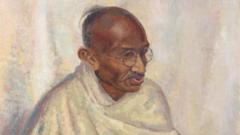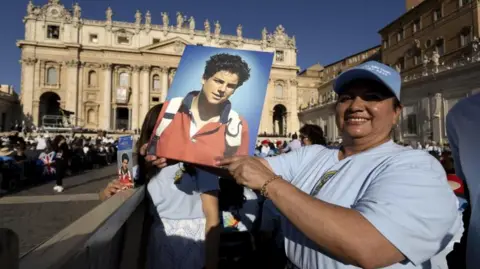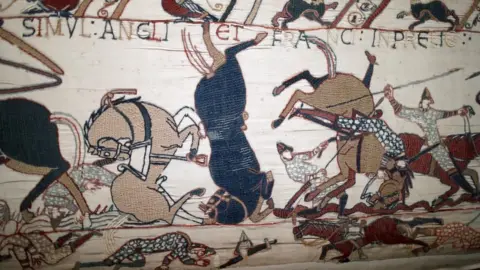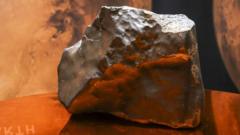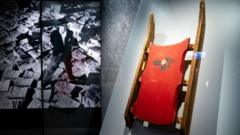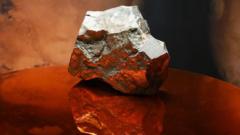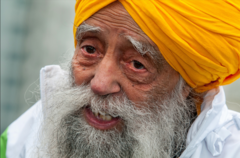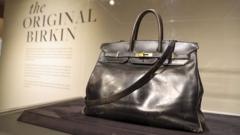The oil portrait of Mahatma Gandhi, a revered figure in Indian history, will be auctioned by Bonhams in London next month. Created in the UK in 1931, the artwork portrays Gandhi, who is celebrated as the "father of the nation" for his pivotal role in the non-violent struggle for India's independence. The British artist Clare Leighton produced this exceptional piece during Gandhi's attendance at the second Round Table Conference, where discussions on constitutional reforms and self-governance for India were taking place.
Leighton, noted for her personal interactions with Gandhi, is believed to be the only artist permitted such access to create an oil portrait of him. According to Bonhams, her great-nephew, Caspar Leighton, highlighted the painting’s "historic and cultural significance," expressing hope that it could be appreciated by a wider audience, both in India and beyond.
The artist’s connection to Gandhi stemmed from her partner, Henry Noel Brailsford, a staunch advocate for India's independence. In November 1931, Leighton's works were exhibited at the Albany Galleries in London, attended by notable figures from the Indian delegation, although Gandhi himself could not be present. Commenting on the portrait's impact, journalist Winifred Holtby remarked on the essence captured in Gandhi's appearance.
Despite its historical importance, there has been little public record of the painting until a 1978 exhibition at the Boston Public Library. The artwork reportedly suffered damage during a violent incident in the US, allegedly involving a right-wing Hindu activist. Following this, it was restored in 1974. The complexities surrounding Gandhi's legacy, including the controversies regarding his approach to Hindu-Muslim relations, contribute to the ongoing discussions about his life and work.
With the auction date set for the second week of July, collectors and admirers of art and history alike await the opportunity to bid on this significant piece that encapsulates an influential chapter in both Indian and global history.
Leighton, noted for her personal interactions with Gandhi, is believed to be the only artist permitted such access to create an oil portrait of him. According to Bonhams, her great-nephew, Caspar Leighton, highlighted the painting’s "historic and cultural significance," expressing hope that it could be appreciated by a wider audience, both in India and beyond.
The artist’s connection to Gandhi stemmed from her partner, Henry Noel Brailsford, a staunch advocate for India's independence. In November 1931, Leighton's works were exhibited at the Albany Galleries in London, attended by notable figures from the Indian delegation, although Gandhi himself could not be present. Commenting on the portrait's impact, journalist Winifred Holtby remarked on the essence captured in Gandhi's appearance.
Despite its historical importance, there has been little public record of the painting until a 1978 exhibition at the Boston Public Library. The artwork reportedly suffered damage during a violent incident in the US, allegedly involving a right-wing Hindu activist. Following this, it was restored in 1974. The complexities surrounding Gandhi's legacy, including the controversies regarding his approach to Hindu-Muslim relations, contribute to the ongoing discussions about his life and work.
With the auction date set for the second week of July, collectors and admirers of art and history alike await the opportunity to bid on this significant piece that encapsulates an influential chapter in both Indian and global history.

